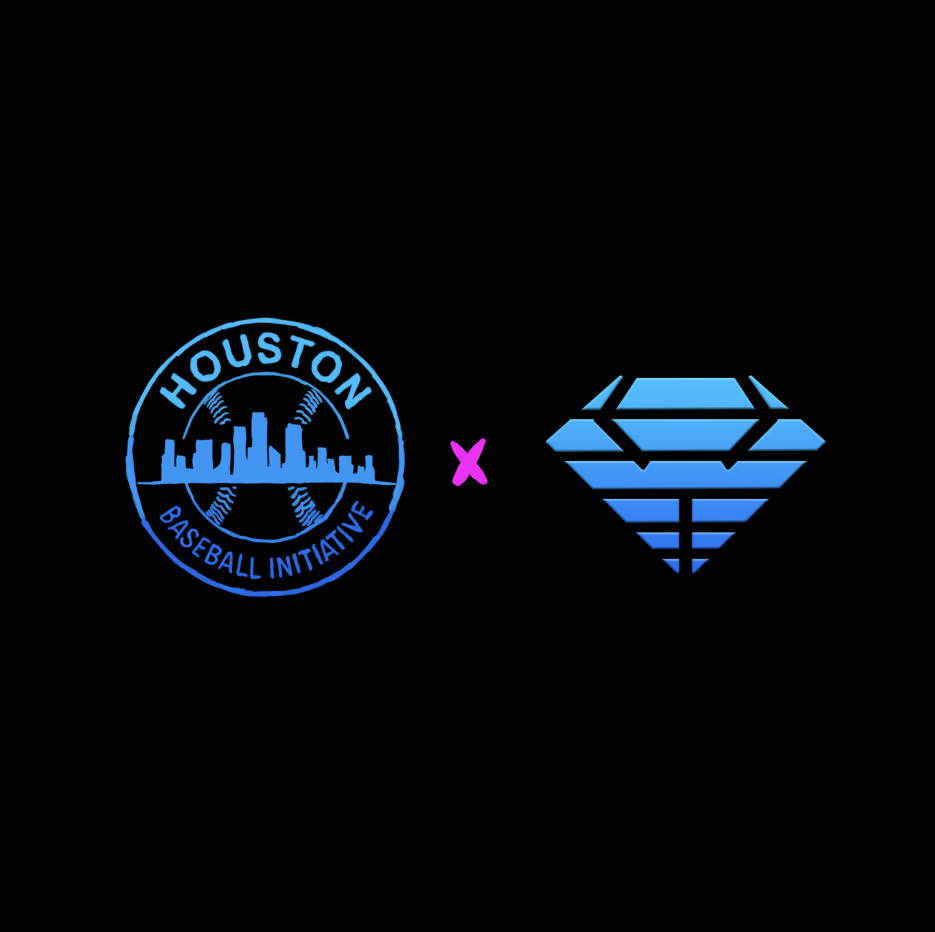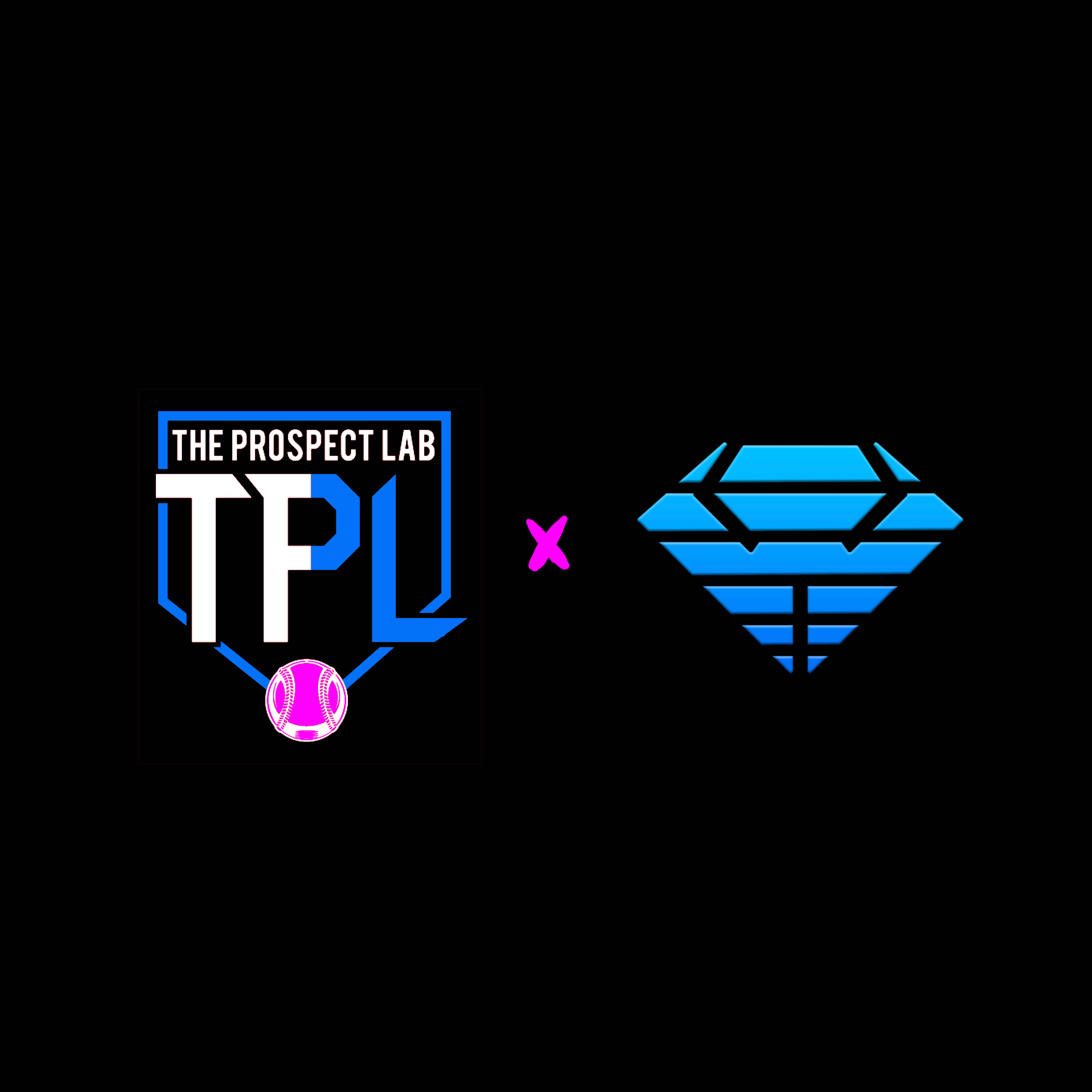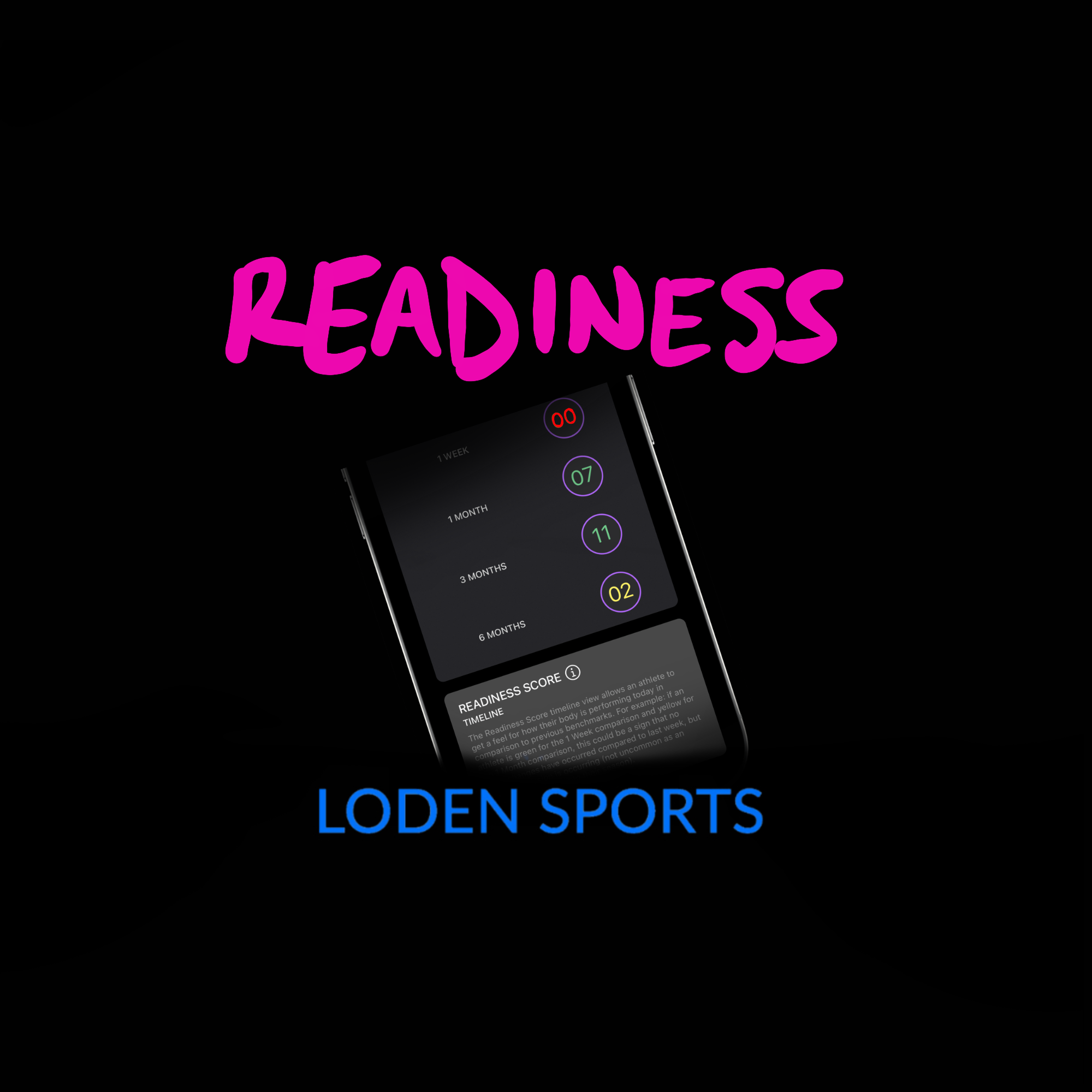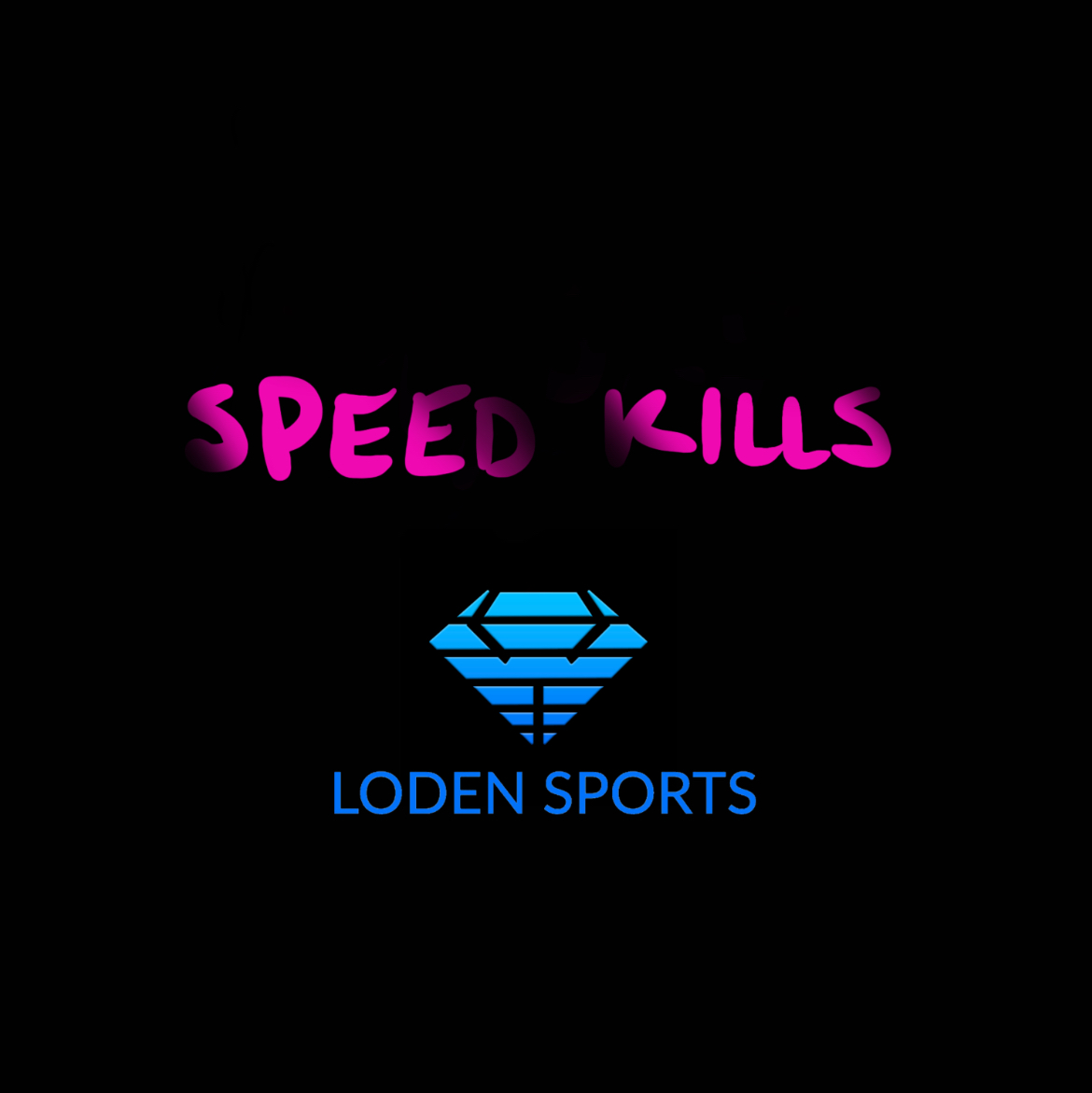What is the Houston Baseball Initiative?
Alignment between the Houston Baseball Initiative and Loden Sports
Loden Sports has long-acknowledged the negative side-effects of early sport-specialization, notably overuse injury and burnout. One of the primary goals of Loden Sports is to use reliable, objective jump metrics to regularly monitor athlete health and track progress. In the spirit of Long Term Athlete Development, Loden Sports encourages sport sampling, optimized (and fun) practice, and providing young athletes opportunities to improve their general athletic foundation.
HBI has grabbed some of these issues by the horns and has welcomed the opportunity to add an objective measure of athleticism to their program. The HBI not only encourages their athletes to partake in other sports during the fall, but also cycles their athletes around the diamond so that they can gain a broader perspective and tactical skillset within the game of baseball. Additionally, they integrate outside-the-box, high-repetition skill development into practice plans and find ways to bake-in intentional jumping, running, and a variety of other universal athletic movements.
In a world where youth athletes are playing more than they are practicing or training, the deliberate practice plans provide an outsized number of critical repetitions that young athletes otherwise aren’t getting over the course of a 2-hour game. While it takes a fair amount of conviction as a parent to deviate from the widely accepted model, the HBI is rewarding a loyal group of early-believers. As of early-Fall 2022, word has gotten out and demand has outpaced capacity. Encouraging for all of those who long for a solution to the current model, there is an obvious hunger for what they are providing.
What did we find?
The HBI used a Loden Sports evaluation to baseline their 13, 11-year-old athletes in September 2021. One year later, and with multiple evaluations in-between, the group retested – the results were eye-opening.
The standard Loden Sports evaluation consists of 3 Rebound Jumps, and 5 Single Leg Jumps on each leg. From these jump tests, Loden Sports specifically looks at jump heights and power outputs as markers of athletic improvement. Over the course of one year, HBI athletes improved drastically across the board. The chart below outlines the improvements observed:

Because some may be curious… What is the normal year-over-year change in these metrics for an 11-turned-12-year-old? This is where we can tap into our long-history of evaluating athletes of all ages. The chart below outlines the average improvement between a male athlete aged-11 and a male athlete aged-12:

The differences are stark. While the average 11-turned-12-year-old typically improves roughly 4% in 3 Rebound Jump height, the average HBI 11-turned-12-year-old improved 21%. In fact, the average HBI athlete outperformed the average in each of the 4 metrics we observed. The chart below outlines the full comparison. Take a look at how much the average HBI athlete outperformed a large sample of their peers over the same time-period of physical development:

And what does jumping have to do with baseball anyway? Loden Sports has found that jump metrics are heavily correlated to throwing velocity, exit velocity, and bat speed – and can be used for the purposes of monitoring expected performance and fine-tuning routines.
We went as far as to correlate the jump metrics of the players in the HBI program to game stats aggregated using GameChanger. What we found: correlations between jump power output and Slugging Percentage, On-Base Plus Slugging (OPS), extra base hits per plate appearance, and total bases per plate appearance.
Simply put, higher jump metrics increase the odds for doing damage at the plate and to come full-circle, every player in the HBI program is improving those odds at a faster rate than their peers. It’s a small sample, but the results are loud and encouraging. The Houston Baseball Initiative is striking the balance between competition and athlete development – a glimmer of hope for the broken American youth development landscape.




